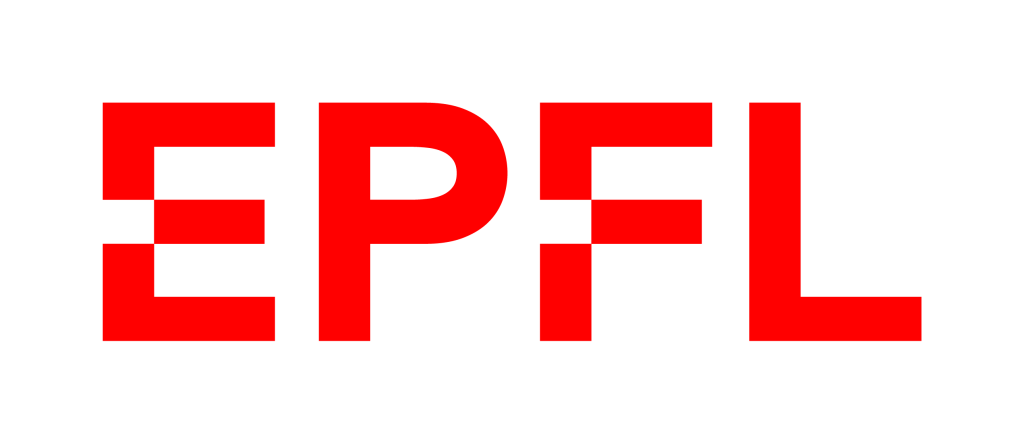In this project, we will exploit our expertise in sensing chemistry, medical textiles, and multimaterial fibers, to realize a non-invasive multisensing platform for monitoring metabolites in wound exudate. The fibers will directly incorporate the sensing chemistry while serving as the waveguide. For each selected metabolite (e.g., pH, glucose, protease, etc.), we will investigate and optimize the sensitivity and robustness of the existing sensing chemistry. Next, the multimaterial fibers will be functionalized with the appropriate chemistries and incorporated into textile patches/garments to allow spatial resolution in the detection. These patches will then be used for an extensive study in patients for monitoring healing in acute or chronic wounds. A special feature of this project is the detection in both time as well spatial resolution, as the monitoring will be followed over up to two weeks continuously.


